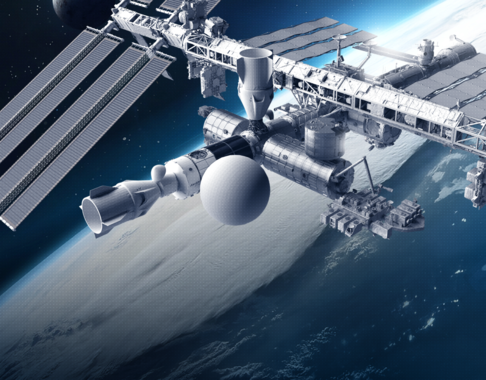Isar Aerospace wins $11.3 million in EU innovation competition
Capitalism in space: The German rocket startup company Isar Aerospace has won the first place $11.3 million prize in the European Innovation Council Horizon Prize in the category of low-cost rockets.
Isar was one of three finalists for the prize announced earlier this month by the European Commission, along with another German small launch vehicle developer, Rocket Factory Augsburg, and Spanish company Payload Aerospace, which is working on a reusable small launcher. Those three came from an initial pool or more than 15 applicants, Breton said at a ceremony during the conference to announce the winner.
Isar hopes to launch its rocket, called Spectrum, late this year.
Whether this contest marks the beginning of an open and competitive launch industry in Europe remains unclear. Apparently the EU is thinking of creating what it calls the “European Space Launcher Alliance,” which — from the vague descriptions of it as well as the reservations expressed by Isar officials — might force independent companies to cater their actions to the needs of the larger rocket companies, like Airbus and ArianeGroup. This quote suggests the thinking of those larger companies:
“We understand how important it is for Europe to grab and keep leadership,” said Morena Bernardini, vice president of strategy at ArianeGroup. “This is possible only if industry is pushing in one direction.” [emphasis mine]
If I was a new startup, the highlighted words from this powerful established big space company would worry me enormously. Who decides what that “one direction” is? And what if different companies want to approach rocketry differently?
Capitalism in space: The German rocket startup company Isar Aerospace has won the first place $11.3 million prize in the European Innovation Council Horizon Prize in the category of low-cost rockets.
Isar was one of three finalists for the prize announced earlier this month by the European Commission, along with another German small launch vehicle developer, Rocket Factory Augsburg, and Spanish company Payload Aerospace, which is working on a reusable small launcher. Those three came from an initial pool or more than 15 applicants, Breton said at a ceremony during the conference to announce the winner.
Isar hopes to launch its rocket, called Spectrum, late this year.
Whether this contest marks the beginning of an open and competitive launch industry in Europe remains unclear. Apparently the EU is thinking of creating what it calls the “European Space Launcher Alliance,” which — from the vague descriptions of it as well as the reservations expressed by Isar officials — might force independent companies to cater their actions to the needs of the larger rocket companies, like Airbus and ArianeGroup. This quote suggests the thinking of those larger companies:
“We understand how important it is for Europe to grab and keep leadership,” said Morena Bernardini, vice president of strategy at ArianeGroup. “This is possible only if industry is pushing in one direction.” [emphasis mine]
If I was a new startup, the highlighted words from this powerful established big space company would worry me enormously. Who decides what that “one direction” is? And what if different companies want to approach rocketry differently?


